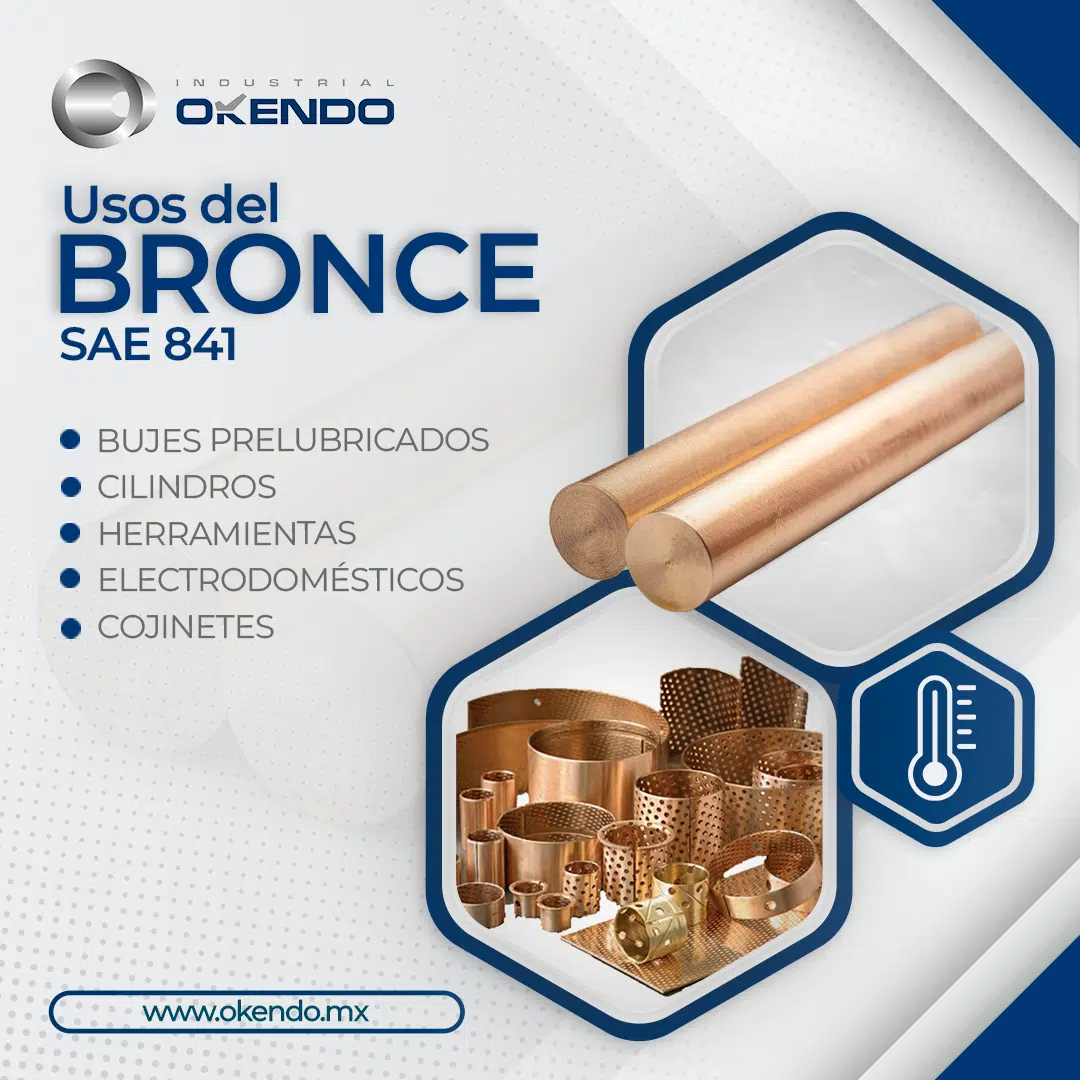Bronze is a metallic alloy that is mainly made up of copper and tin, although it can also contain other metals in its chemical composition such as zinc, nickel and lead.
Born about 5000 years ago, we invite you to read the following reading so that you know the origin of the Bronze Age .
It is a durable, corrosion resistant material and is used in a wide variety of applications, from statues to musical instruments. Widely used in tools and decorative objects.
Depending on the exact composition of the alloy, bronze can have a wide variety of mechanical and physical properties, making it suitable for many different applications.

The exact chemical composition of bronze can vary depending on the application for which it is used, but generally, it contains between 60 and 90 percent copper and 10 to 40 percent tin. Zinc is often added to improve corrosion resistance and hardness, while nickel can increase mechanical strength.
TIN AND COPPER
The role of tin adds hardness and mechanical strength to copper, making it more suitable for various applications. Depending on the proportion of copper and tin in the alloy, as well as the possible presence of other alloying elements, different types of bronzes with specific properties can be obtained. For example, phosphor bronze is a variety of bronze that contains small amounts of phosphorus and is used in applications where increased corrosion and fatigue resistance are required.

Bronze has a golden or pinkish yellow color, its high thermal and electrical conductivity, its good machinability (such as our UNS C84400 Standard Bronze ). These characteristics make bronze a popular material in a wide range of industrial and artistic applications.

